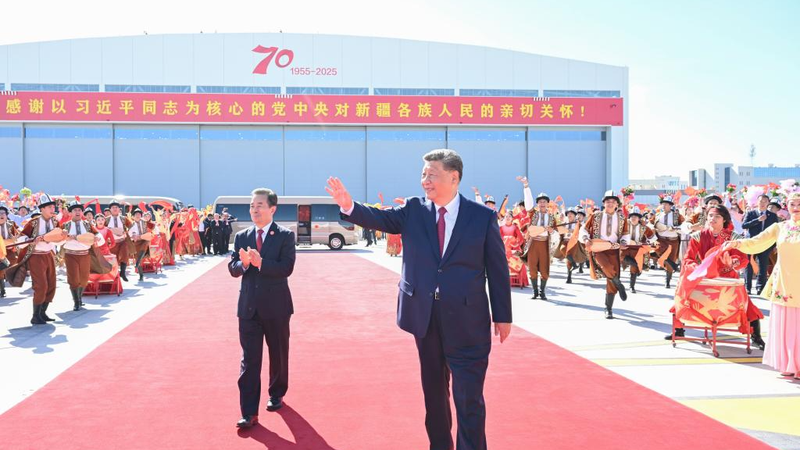Once considered unfit for cotton cultivation, the lands along latitude 44° north in the Xinjiang Uygur Autonomous Region have undergone a remarkable transformation. What was once dismissed as a 'cotton-free zone' now grows over 5 million tons of cotton each year, making northern Xinjiang one of China's largest cotton-producing regions.
Over the past 50 years, research centers and local farmers teamed up to tackle extreme temperature swings and challenging soil conditions. By crossbreeding hardy seedlings and refining cultivation techniques, they saw yields skyrocket from zero to a thriving agricultural output that now leads the nation.
Key to this success are breakthroughs in seed technology and sustainable farming: advanced irrigation systems, climate-resilient cultivars, and precision agriculture tools. Satellite data helps optimize planting schedules, while water-saving practices have slashed usage by 30% since the 1990s.
For young entrepreneurs and innovators, Xinjiang's story offers a blueprint: blend science with local insight, leverage data-driven methods, and champion sustainability. Whether you're a digital nomad seeking inspiration or a changemaker focused on greener solutions, this cotton renaissance shows how curiosity and commitment can reshape entire landscapes.
As global demand for eco-friendly textiles rises, northern Xinjiang stands out as a living lab where tradition meets innovation – and where a 'cotton-free zone' becomes a symbol of agricultural ingenuity.
Reference(s):
From a "Cotton-Free Zone" to China's Largest Cotton-Producing Region
cgtn.com




